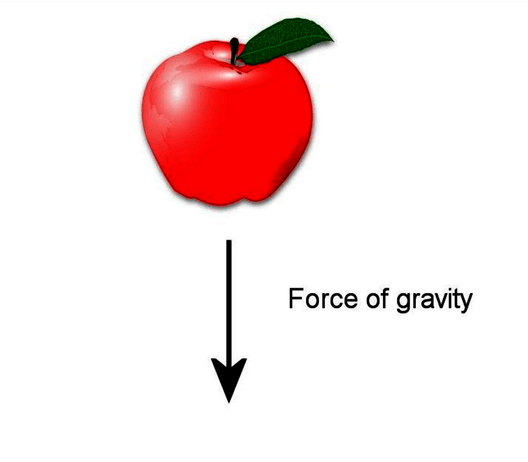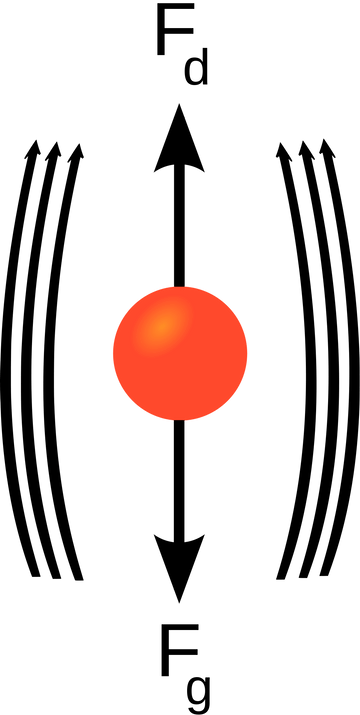Adblocker Detected

We always struggled to serve you with the best online calculations, thus, there's a humble request to either disable the AD blocker or go with premium plans to use the AD-Free version for calculators.
Disable your Adblocker and refresh your web page 😊
Table of Content
An online free fall calculator helps you to determine the speed, time, and height of a freely falling object under the influence of the gravitational force. But before you start using this calculator, you must go through the following context for a better understanding of the concept.
Stay in touch!
In the context of physics:
“An object is said to be in free fall motion if it falls on the ground with acceleration due to gravity and having no external force acting on it”

If we define the ideal case of the free fall, then it must be considered that there is no air resistance acting upon the object and the gravity is acting constantly on it. The value of the gravity is nearly \(9.8\frac{m}{s^{2}}\) or \(32.17\frac{ft}{s^{2}}\). But when it comes to practically, the velocity of the falling object is controlled by terminal velocity which is defined below:
“It is the velocity of the body or any object falling from the rest and either through air or fluid”

Under the influence of terminal velocity, the body stops accelerating due to the influence of the drag force in the upward direction and falls toward the ground at the constant speed.
$$ F_{d} = F_{g} $$
For example:
The terminal velocity of a parachutist is about 150km/hr. Similarly the terminal velocity of the rain drops is about 9m/s. As terminal velocity is achieved when both the gravitational and drag force become equal, the free acceleration due to gravity calculator helps you to find the acceleration of objects experiencing such impacts.
Following are the free fall formulas to determine the various parameters of freely falling object:
Basically, the actual definition of the velocity gives us the free fall speed of the free fall object and is as below:
$$ V = V_{o} + g* t $$
Where:
\(V_{o}\) = Initial Velocity that is measured in either m/s or ft/s
t = FreeFall time which is expressed in seconds
g = Gravitational Acceleration measured in either \(\frac{m}{s^{2}}\) or \(\frac{ft}{s^{2}}\)
Here arise two cases:
When Initial Displacement And Velocity Are Zero:
In this case, the distance of the falling body is determined using the expression below:
$$ S = \frac{1}{2} * g * t^{2} $$
Object With Initial Velocity:
The free fall equation physics for a body or any object falling with the initial velocity is as under:
$$ S = V_{o} * t \frac{1}{2} * g * t^{2} $$
Here the free initial velocity calculator also makes the use of this formula to calculate the distance of the falling object.
You can make use of the formula below to determine the time of the free fall object:
$$ t = \sqrt{\frac{2 * h}{g}} $$
No doubt the free fall calculator is the most quick and precise way of determining various parameters that are associated with the free fall motion of the object. But solving for them by hand is also very important. This is why we will be resolving a couple of examples to clarify your idea in more depth. Just stay focused!
Example # 01:
An object has fallen with the initial velocity of about \(55\frac{m}{s}\). It takes a time span of about 30 sec to hit the ground. How to determine its height?
Solution:
As free fall acceleration formula is given as:
$$ S = V_{o} * t + \frac{1}{2} * g * t^{2} $$
$$ S = 0 * 30 + \frac{1}{2} * 9.81 * \left(30\right)^{2} $$
$$ S = 1650 + 0.5 * 9.81 * 900 $$
$$ S = 1797.15 m $$
Apart from the manual calculations, try using a free fall calculator to speed up your calculations.
Example # 02:
Find velocity of a falling object which has an initial velocity of about \(21\frac{m}{s}\). Keep in mind that the time it takes to hit the ground is exactly 10sec.
Solution:
As we know that:
$$ V = V_{o} + g* t $$
$$ V = 21 + 9.8 * 10 $$
$$ V = 21 + 98 $$
$$ V = 119\frac{m}{s} $$
Make use of this free falling object calculator to reduce the time of the calculations. Let us find how!
Input:
Output:
The free fall speed calculator determines:
When a light object is allowed to fall, it takes more time as it moves slowly towards the ground. But in case if we replace the object with a heavier one, it will take a less amount of time due to increased acceleration. This happens only when forces other than that of gravity are also at work. But if the object is considered to fall under vacuum, where no forces act on it other than just gravity, then it is said to be in free fall motion.
As the acceleration increases at a uniform rate with respect to the time during free fall motion, this kind of motion is termed as uniform acceleration motion and could swiftly be determined by using free fall calculator.
A particular condition in which the object is in free fall motion is referred to as the weightlessness. This is because the weight of the object is described in terms of its gravitational acceleration.
The following table gives an idea the constant increase in the speed of the free fall object with respect to the time:
|
Seconds After Object Is Fallen |
Speed\(\frac{m}{s}\) |
|
1 |
9.8 |
|
2 |
19.6 |
|
3 |
29.4 |
|
4 |
39.2 |
During free fall motion, the only force that acts on the object is the free fall motion. While in case of weightlessness, not any force acts on the object.
Free fall motion keeps the object in a certain trajectory. Moreover, it allows the object to accelerate at the constant speed during motion. All the planets revolving around the sun are in free fall motion under the influence of gravity caused by the Sun. students and professionals make a vast use of the free fall calculator to analyse the free motion of various objects.
From the source of wikipedia: Free fall, Free fall in Newtonian mechanics, Inverse-square law gravitational field, Free fall in general relativity
From the source of khan academy: Freefall review, Projectile height, Impact velocity
From the source pof lumen learning: Free-Falling Objects